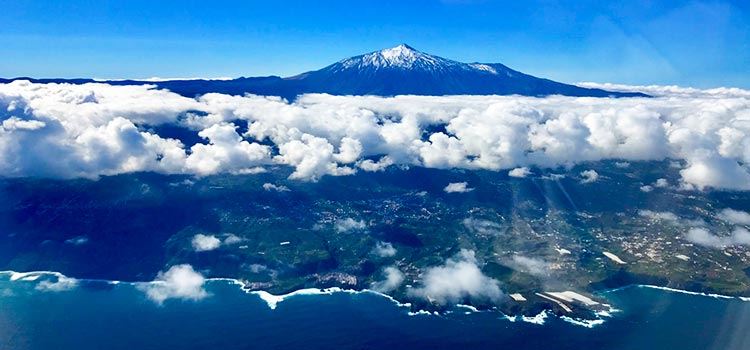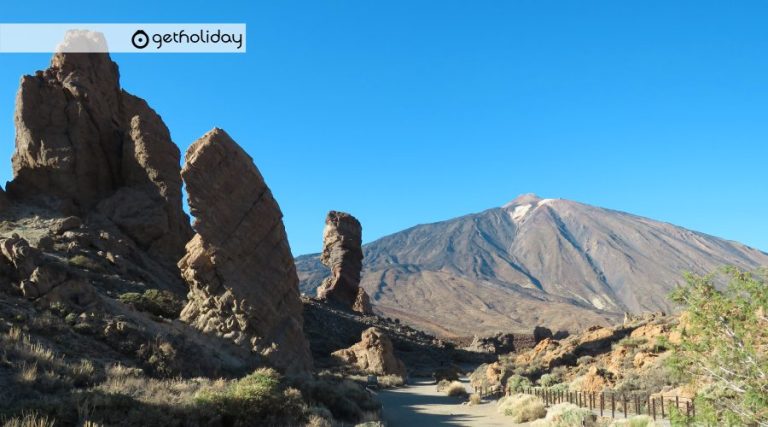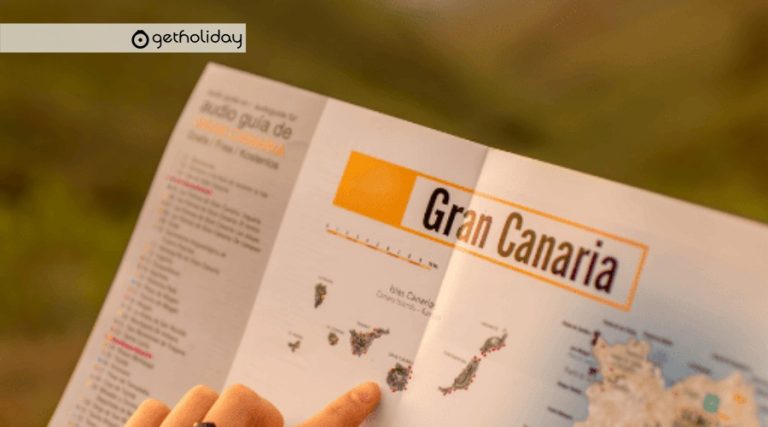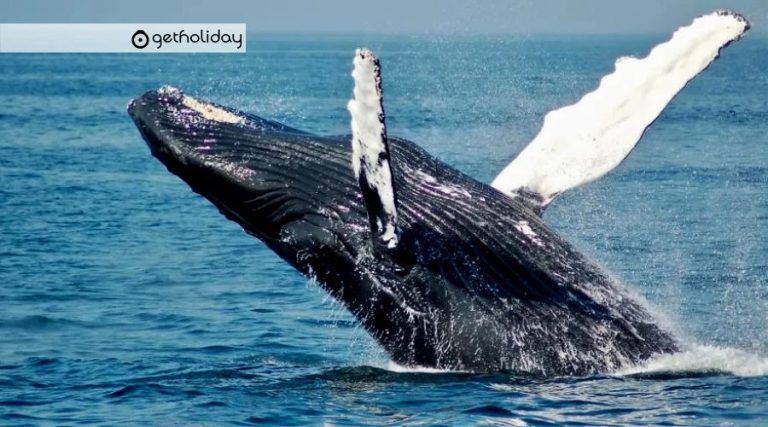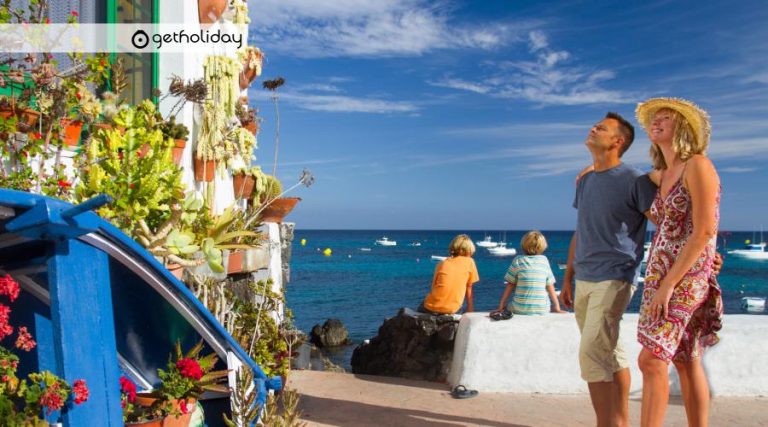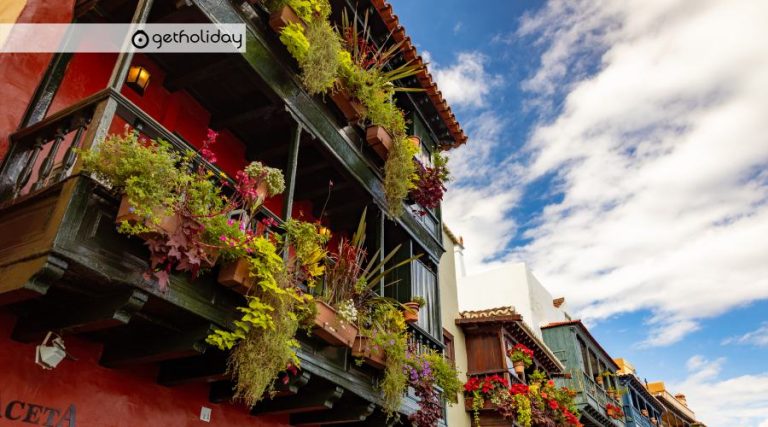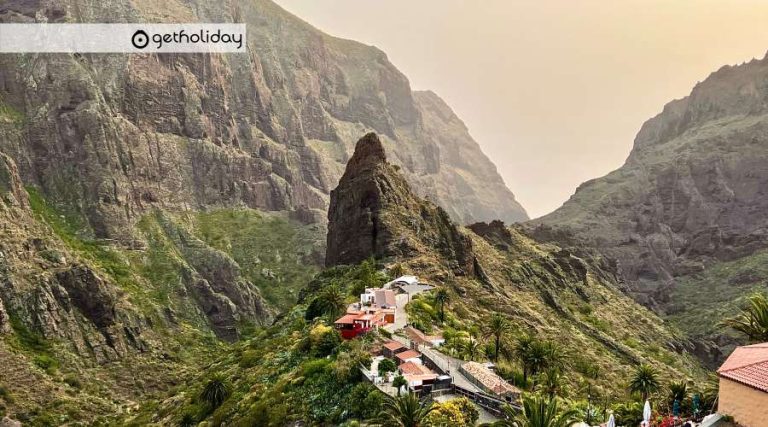8 Places to visit during your holidays in Tenerife.
Surfing the Internet to organize your vacations, you often come across an infinity of information that makes your choice difficult. Especially since we can also find pages that provide information and data that have little to do with reality.
Today, however, I will give you some advice on what to visit and do on the largest island of the Canary Archipelago.
For what reason? Easy! I list some answers on this. In the first place, the island of Tenerife is the largest of the 8 Canary Islands, with an area of 2,034 km2.
It occupies a central position in the archipelago and consequently it is easier to get around to discover the nearby islands both by fast ferry and by plane.
It is the only island that has 2 international airports which are respectively Tenerife Norte “TFN” (Ciudad de La Laguna) and Tenerife Sur “TFS” (Reina Sofía). It offers an infinity of hotels, ranging from hostels to 5-star Grand Luxury hotels, spread throughout the territory, which will surely satisfy all your needs. Of course, I could go on writing for hours about why to visit Tenerife first, but I will do that in one of the next articles.
Once the island and the place to sleep have been chosen, we begin our visit of the places, which before the others, it is absolutely necessary to visit to understand / discover the island.
8 places to visit absolutely during your holidays in Tenerife.
1 Teide National Park
Undoubtedly an icon for the entire Canary archipelago!
It is one of the most visited National Parks in the world. It takes place in the center of the island offering a landscape of extraordinary beauty that you will never find anywhere else you visit. The National Park is surrounded by the Corona Forestal Natural Park that protects the Canarian pine, which is an exceptional tree that manages to survive fires (almost always).
Once inside the park, which can be easily reached from San Cristóbal de La Laguna, La Orotava, Guía de Isora and Arona, your view will be captured by the immense Volcano that with its 3718 meters is the third highest volcano in the world.
In its interior we find a wide range of activities, among which hiking stands out, which for lovers of walking can choose from 41 trails that range from 426 meters from the Mirador de la Fortaleza to 16,586 meters from seven ravines.
We find 2 tourist information points that explain in great detail all the various facets of the park, the origins, the flora, the fauna, human activity before and after the conquest and especially volcanology. The cable car that starts from 2,250 meters to 3,550 meters. There are several restaurants in three areas and also a Parador Nacional. In the Izaña area we find the astrophysical and meteorological observatories.
For the most romantic, I recommend our Teide sunset VIP Tour.
2 San Cristobal de La Laguna
The old capital of the Canary Islands, declared a World Heritage Site in 1999, as we explained in the excursion we propose, is one of the most characteristic and best preserved places in the archipelago.
Among its streets of straight, perpendicular and parallel lines we find the essence of the Spanish colonial style that was later used in many other American capitals. Founded on July 26, 1496 by Alonso Fernández da Lugo after completing the conquest of the island in the same year with the last two battles of La Laguna and La Victoria de Acentejo.
Walking through its streets we also have the opportunity to enter what were the houses of the most important families of the archipelago such as the Da Ponte, Nava, Lercaro and many others.
Right in the center we also find many restaurants that offer authentic local cuisine, which I recommend you try!
3 Anaga Rural Park
Declared a biosphere reserve in 2015, it is home to vegetation of extraordinary beauty. It is located at the northernmost point, between the municipalities of Santa Cruz de Tenerife, San Cristóbal de La Laguna and Tegueste.
Inside we find the highest concentration of organisms per square kilometer on the planet! Here, thanks to the trade winds that bring a large amount of water, the laurisilva “forest of laurels” ecosystem is preserved.
During your visit I recommend that you visit the tourist information center obviously to understand what the park offers, then leaving there a few meters away you will find a fairly short path called the “path of sensations” to see, feel and touch this wonderful ecosystem dating back to the tertiary era, when dinosaurs still lived on planet earth.
Going down to the coast on the north side you can visit the town of Taganana, eat in one of its restaurants and at sunset walk and take some photos of Playa Benijo that you will surely be able to take fantastic shots.
4 Santa Cruz de Tenerife
Today it is the capital of the Canary archipelago together with Las Palmas de Gran Canaria. Founded on May 3, 1494 as a military camp where the troops of Alonso Fernández de Lugo landed to complete the Realenga conquest.
For some time it was used as a port for the city of La Laguna. A strategic point and port, it received countless attacks from pirates, corsairs and the various empires that concurred for supremacy in the Atlantic Ocean.
Completely fortified on the coast with several cannon batteries and three castles that made it practically impregnable to attack!
On July 25 the defeat of Admiral Horatio Nelson is celebrated, who on this occasion lost his arm struck by a cannonball.
In 1833 it was declared the capital of the archipelago due to its strong economic growth thanks to the enormous commercial exchanges of its port.
Not to be missed on your visit to the city,
- the Market of Nuestra Señora de Africa,
- the auditorium designed and built by Santiago Calatrava,
- the MUNA museum where the Guache mummies are kept,
- the wonderful beach of Las Teresitas with its golden sand and palm trees they will make you fall in love
5 Garachico
Founded by the Italian banker Cristobal Da Ponte in 1499, it immediately became the main port of the island thanks to the morphology of its bay. The fulcrum of trade between Africa, America and Europe was in vogue until May 5, 1706 when two lava flows destroyed the bay, practically sinking the city into a deep economic crisis.
Today the town has much to offer the visitor, rich in history and stately homes, it was declared a BIC, Asset of Cultural Interest as a historical-artistic complex in 1994 and in 2020 it was included in the list of the most beautiful municipalities in Spain.
Surely during your visit you cannot miss a swim in its natural pools in Caleton!
6 Icod de Los Vinos
Founded in 1501, before the conquest it was one of the most important Guanche settlements on the island and it remains so even several years later.
Being two minutes from Garachico, the territories of Icod de Los Vinos were initially used for the cultivation of sugar cane and later they planted an infinity of vineyards.
The wines from the area were then exported to Europe. Today in its territory, in addition to the vineyards, we also find banana plantations and this makes it clear that the economic engine of the municipality is based on the primary sector.
However, tourism in the historic center, declared a BIC “Asset of Cultural Interest”, does its part thanks to the thousands of visits received by the thousand-year Millenary Dragon, a botanical symbol and natural monument of the island.
In the municipality of Icodense we also find one of the longest volcanic tubes in the world “The Wind Cave” that obviously can be visited with reservation.
During the day you cannot miss one of the many shops/bodegas where you will taste fantastic wines that are well known and appreciated.
7 La Orotava
Once known as the kingdom of Taoro, remembered as the most powerful Guanche kingdom on the island. In fact, at the head of an army of 6,000 men, Mencey Bencomo managed to repel the Castilian conquest of 1495 in the battle of La Matanza de Acentejo.
Located in the valley that bears its name, this splendid town of just over thirty thousand inhabitants is considered one of the most beautiful in the Canary Islands due to its stately homes.
Without a doubt, we find the most beautiful and elaborate Canarian-style balconies on the island that centuries ago represented the symbol of the importance of the most powerful families.
Declared BIC (artistic historical complex) in 1976, it offers tourists outstanding places such as:
- The Victoria Gardens
- The unique church of Concepción
- The “botanist’s hijuela “a small botanical garden open to the public where we find one of the most beautiful dragons in the Canary Islands
- Casa Lercaro, a wonderful 17th century house that also has a restaurant inside where eating is truly an experience that takes you back in time.
You cannot miss visiting one of the different gofio mills where the aroma of this traditional Canarian flour will envelop you.
In the campaigns you will also find guachinche where you can have lunch or dinner at reasonable prices the dishes of island cuisine.
8 Teno Rural Park
Located in the northwest area, it seems to be one of the least known areas but it has nothing to envy the rest.
Its massif, together with that of Adeje and Anaga, turns out to be one of the oldest areas of the island.
Crossed by deep ravines and towering cliffs that leave everyone speechless.
The inhabitants of the place until a few decades ago still lived in a very Spartan way.
The places that must be visited inside the park are:
- Punta Teno To get there you will have to go through a road that leaves you breathless and that also served as the setting for scenes from the movie Fast and Furious 6.
- at Punta Teno you will be able to admire the Los Gigantes cliffs and also one of the best representations of the cardón “Euphorbia canariensis”, a native plant of the archipelago.
- A visit to Teno Alto cannot be missed in your day, where you will surely have the opportunity to see free-range goats grazing in a landscape totally different from the rest of the island and try their cheeses.
- Obviously, during your visit, you can not miss the village of Masca, framed in the ravine of the same name that offers a path that leads to its small beach.
I hope I have been of help this time too, but remember that the information I have given in this article is very limited and of course I will be able to explain you in more detail once you come to see me on a tour or in one of the next articles.
I have taken as a reference a week of vacation that could be enough to be able to visit the places mentioned above.
I say goodbye hoping to see you in this paradise.
Your official guide of the Government of the Canary Islands nr. 3900
Basso Lanzone

